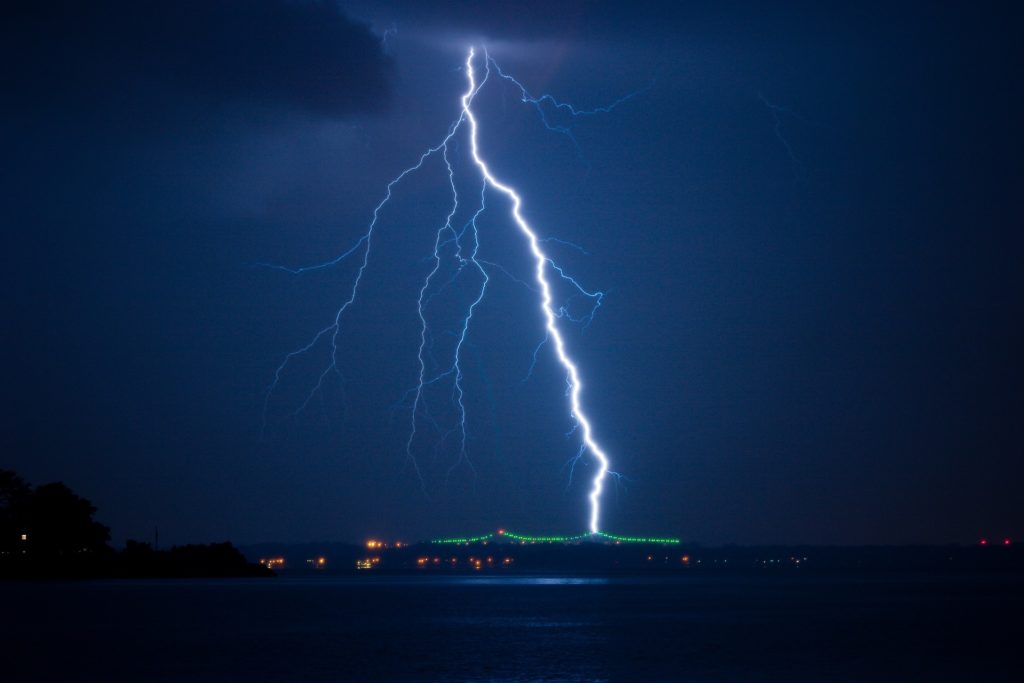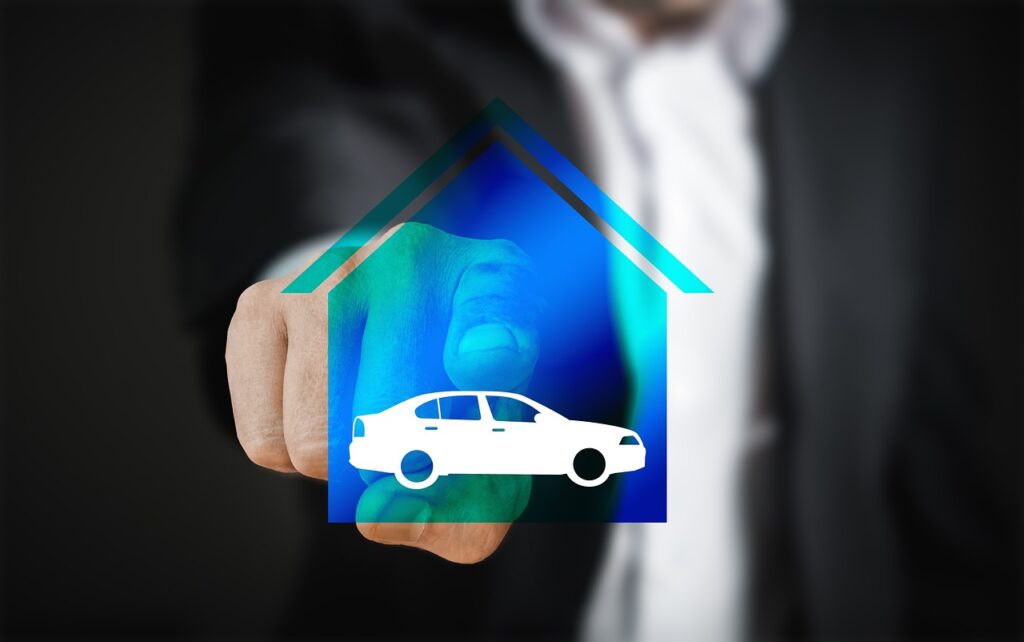You’re making dinner or watching a move when all the lights flicker. It happens in practically the blink of an eye, a few seconds at most. You might even wonder if you imagined it. Then you figure it’s no big deal, as most electronics seem to start running again as soon as the power comes back on. But what you might not realize is that you just experienced a power surge—and power surges can actually cause serious damage to your electronics and present a danger to your home.
Most homes in the U.S. run on a 120-volt alternating current. This means the actual voltage can fluctuate—sometimes reaching a peak of 169 volts. But power surges push it over this threshold to levels that can cause heat damage to whatever is plugged in. The result? Your appliances and electronics could stop working immediately. Or they could sustain damage that ultimately shortens their lifespans.
Without adequate surge protection, your home is susceptible to damage caused by these spikes in electricity. And, by the way, ordinary power strips won’t help. Run-of-the-mill surge strips offer low-level protection but leave many appliances unguarded. A more comprehensive option for protecting your belongings is a Home Surge Protective Devices (SPDs) because it blocks the surge directly at the load center, reducing the spike to a level your electronics can handle.
Here are just six scenarios in which homeowners are vulnerable to damage without an SPD.
Lightning Strikes During a Storm
Perhaps the most obvious and dramatic example is a lightning strike. Nearby lightning strikes during a storm can send several hundred volts of electricity into your home’s current, potentially frying anything plugged in at the time.
High-Powered Appliances Cause a Spike
Unsurprisingly, devices like refrigerators or air conditioning systems draw more power than something like a phone charger. These intensive appliances can cause a spike in the circuit, which spells trouble for all the other smaller devices you have plugged in.
Animals Damage Your Home’s Wiring
Ever hear scratching in your walls? As unpleasant as it is to picture, the errant rodent might have gotten inside — and maybe even nibbled a wire or two during its explorations. Damaged wires carry electricity inconsistently, so there’s always a chance they’ll malfunction.
A Socket or Circuit Gets Overloaded
You’re so excited to do the first load of laundry in your shiny new washer and dryer set. But then — disaster. As soon as you plug in the new appliances and push the start button, the rest of the lights in the room flicker. And you know your circuit just experienced a surge.
Adding more devices to an overburdened socket or circuit can be the final straw when it comes to surges. As This Old House points out, surges can also occur when devices with motors—think refrigerator/freezers, hair dryers, etc.—shut off and their energy must travel somewhere else.
A Power Outage Causes a Surge
It’s raining. It’s pouring. It’s… hailing? Depending on where you live, extreme weather events can get really, well, extreme. And if something takes out a power line in your neighborhood, or causes trouble at your supplying power plant, you might be without electricity for a few hours—or days.
When the lights come back on, it’s something to celebrate. But there’s a chance that this interruption will cause a surge once juice starts flowing again.
The National Electrical Manufacturers Association estimates 60 to 80 percent of surges come from inside a building. But, as you can see, there are internal and external threats to consider. The best way to protect the hundreds or thousands of dollars of devices you have plugged in is usually to invest in quality surge protection devices.



